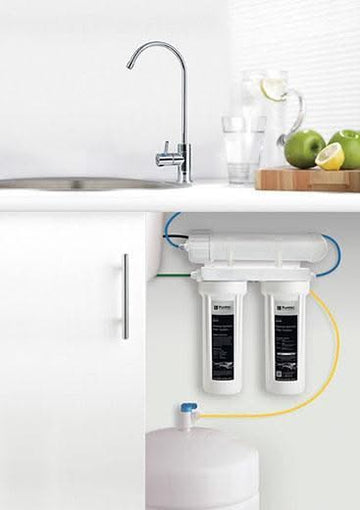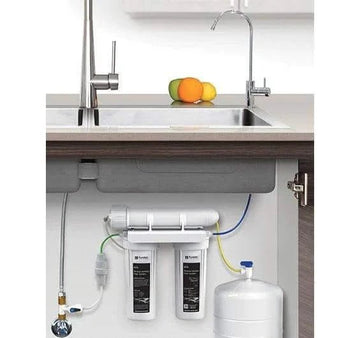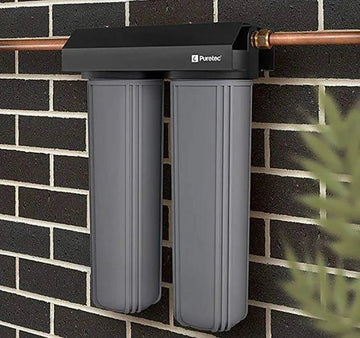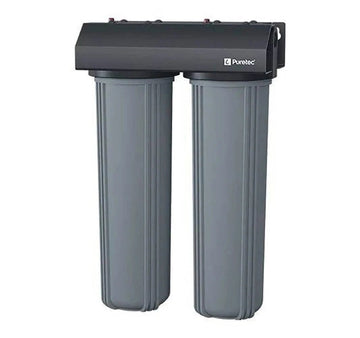Fix Leaky Taps with Ease: Your Step-by-Step Guide to Replacing a Tap Washer
Struggling with a Dripping Tap?
A dripping tap is often caused by a worn-out washer. Replacing a tap washer is a simple DIY fix that can stop leaks and save water. This guide walks you through identifying a faulty tap washer and provides a step-by-step guide on how to replace it, complete with essential tools and handy tips.
Key Takeaways
-
Rubber washers in taps prevent water leaks, but when they wear out, replacing them can save water and reduce bills.
-
To change a tap washer, gather essentials like screwdrivers, wrenches, and pliers, shut off the water supply, and replace the washer following specific steps.
-
If tap washer replacement doesn’t fix the leak, or for complex issues, call a professional plumber; consider upgrading to ceramic disc taps for longer-term ease and savings.
Understanding Tap Washers and Their Role in Your Plumbing
Tap washers form a watertight seal in your taps, preventing leaks and ensuring smooth operation. Every time you turn off your tap, the washer stops water from flowing through. Over time, washers can wear out, leading to a dripping tap that wastes water and increases your bills.
Maintaining these tiny components is crucial for your home’s plumbing health. Replacing a faulty washer promptly helps prevent further damage and unnecessary water waste.
What is a Tap Washer?
A tap washer is a small but essential component that creates a watertight seal when your tap is turned off. Located under the valve inside the tap, washers are traditionally made of rubber, while modern tapware may feature ceramic disc cartridges that provide longer-lasting performance.
Signs You Need to Change a Tap Washer
-
A constant drip from the tap.
-
Difficulty turning the tap on or off.
-
Noisy taps or water hammer sounds.
-
Visible wear and tear on the washer.
Assembling Your Toolkit: Essentials for Changing a Tap Washer
Before starting the replacement process, ensure you have the necessary tools:
-
Flathead screwdriver – for removing screws.
-
Crescent wrench – for loosening nuts and bolts.
-
Adjustable pliers – for gripping and turning.
-
Replacement washer – to swap out the worn washer.
Preparing the Work Area
-
Place an old towel in the sink to prevent damage from dropped tools.
-
Shut off the water supply to the tap to avoid spills.
-
Handle all components carefully to avoid damaging them during removal.
Step-by-Step Guide: Changing Your Tap Washer
Step 1: Isolate the Water Supply
-
Turn off the water supply at the mains or isolation valve.
-
Open the tap fully to drain any residual water.
Step 2: Access the Washer
-
Remove the tap handle using a flathead screwdriver.
-
Unscrew the tap bonnet with a wrench to reveal the washer and jumper valve.
Step 3: Remove and Replace the Washer
-
Unscrew the nut holding the old washer in place.
-
Clean the interior of the tap to remove limescale and debris.
-
Fit the new washer securely, ensuring a snug fit.
Step 4: Reassemble the Tap
-
Reattach the bonnet and handle, ensuring all parts are secured properly.
-
Avoid over-tightening to prevent damage to the washer.
Step 5: Test for Leaks
-
Slowly turn the water supply back on.
-
Check for drips and leaks by turning the tap on and off.
-
If the leak persists, check for worn O-rings or other damaged components.
When to Call a Professional Plumber
If replacing the tap washer does not stop the leak, or if you encounter issues like excessive water pressure or pipe damage, it may be time to call a plumber. Professional assistance ensures the issue is resolved without risk of further damage to your plumbing system.
Upgrading Your Taps: Long-Term Solutions
If you find yourself frequently replacing tap washers, consider switching to ceramic disc taps. These taps provide:
-
Durability – They last much longer than rubber washers.
-
Ease of use – Require minimal force to operate.
-
Water efficiency – Help reduce water wastage over time.
Maintenance Tips to Prevent Future Leaks
-
Regularly inspect your taps for signs of wear.
-
Replace washers and O-rings as part of routine maintenance.
-
Clean aerators to prevent blockages and maintain water flow.
-
Avoid over-tightening taps to reduce unnecessary strain on components.
Summary
Changing a tap washer is a straightforward process that can save water and prevent costly plumbing issues. With the right tools and steps, most homeowners can handle this repair themselves. However, if persistent leaks occur, consulting a professional or upgrading to modern tapware can be a worthwhile investment.
Frequently Asked Questions
Are tap washers a standard size?
No, tap washers come in different sizes. Take the old washer to a hardware store to find the correct replacement.
What type of washer do I need for a tap?
Rubber or nylon washers are common, but ceramic disc cartridges are an alternative for longer-lasting performance.
How do I access the tap washer?
Remove the tap handle, unscrew the bonnet, and extract the washer using pliers or a wrench.
What tools do I need to change a tap washer?
A flathead screwdriver, crescent wrench, pliers, and a replacement washer.
By following this comprehensive guide, you can easily fix a dripping tap and ensure your plumbing remains in top shape. 🚰🔧































